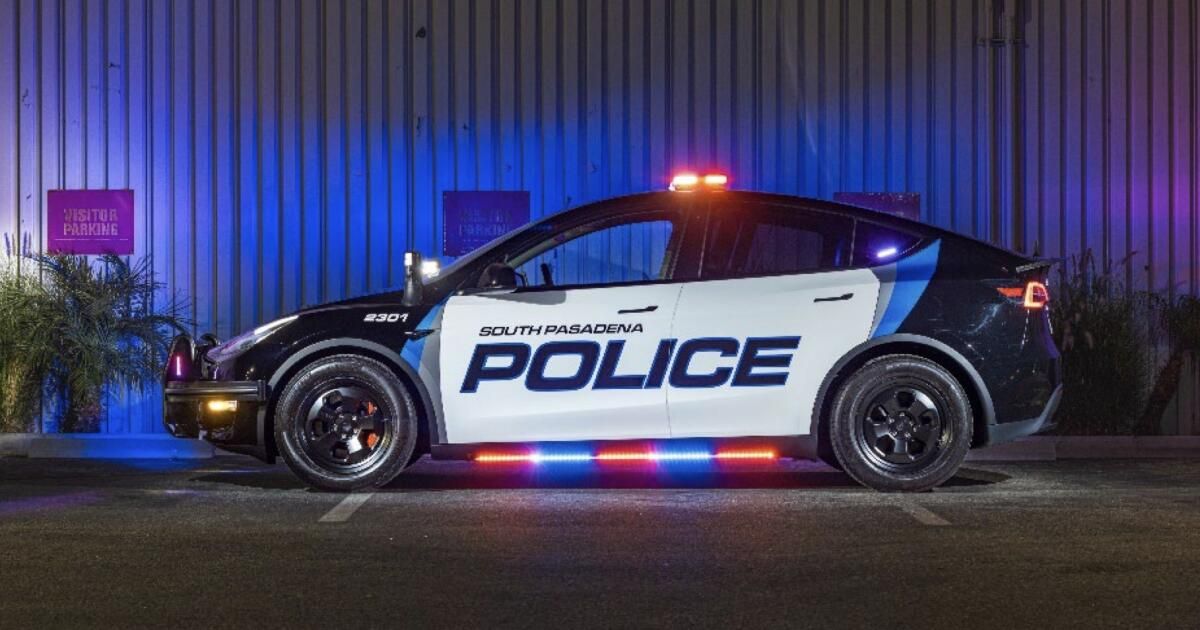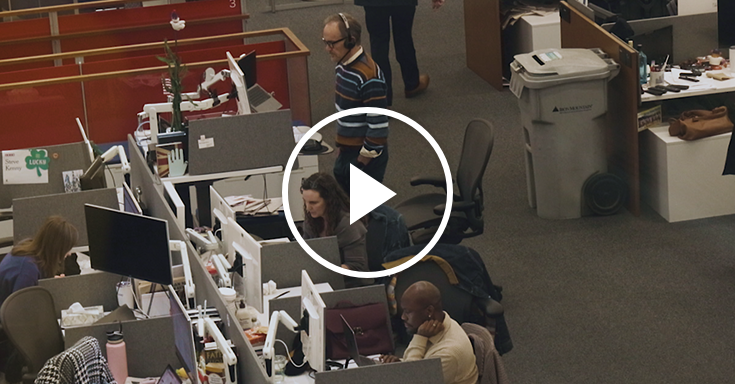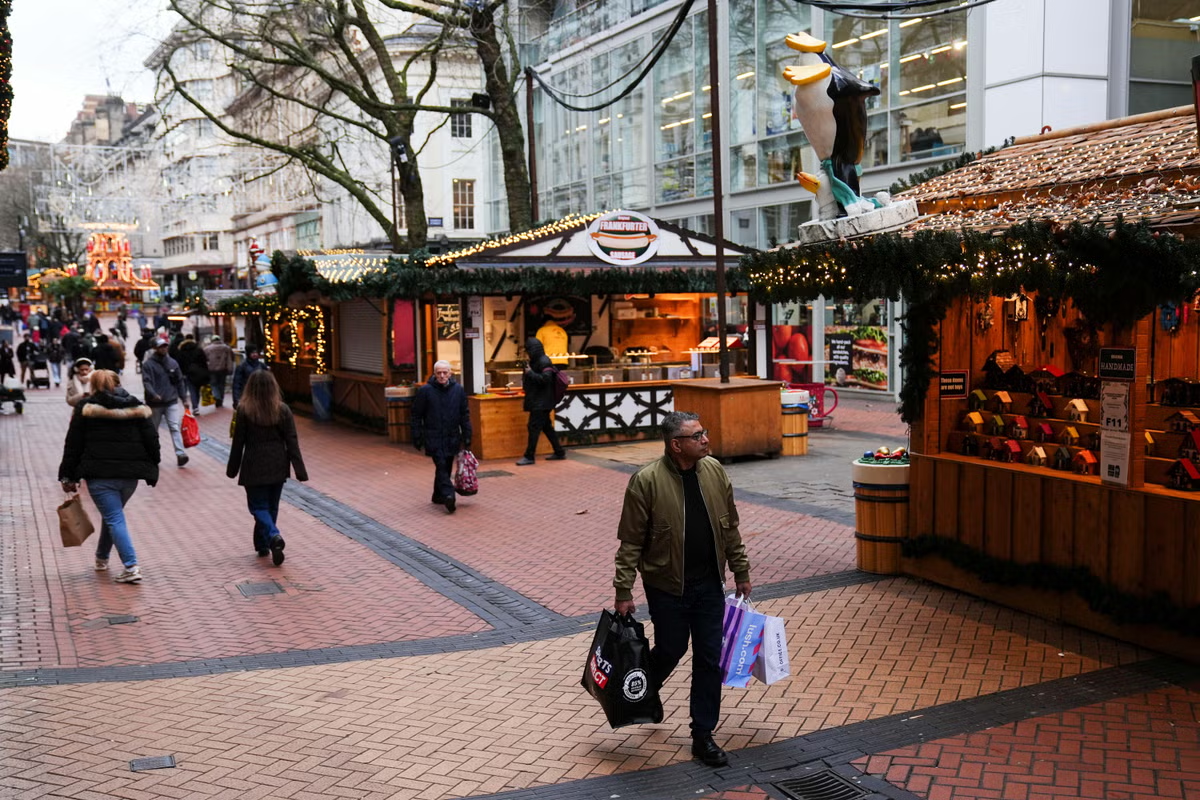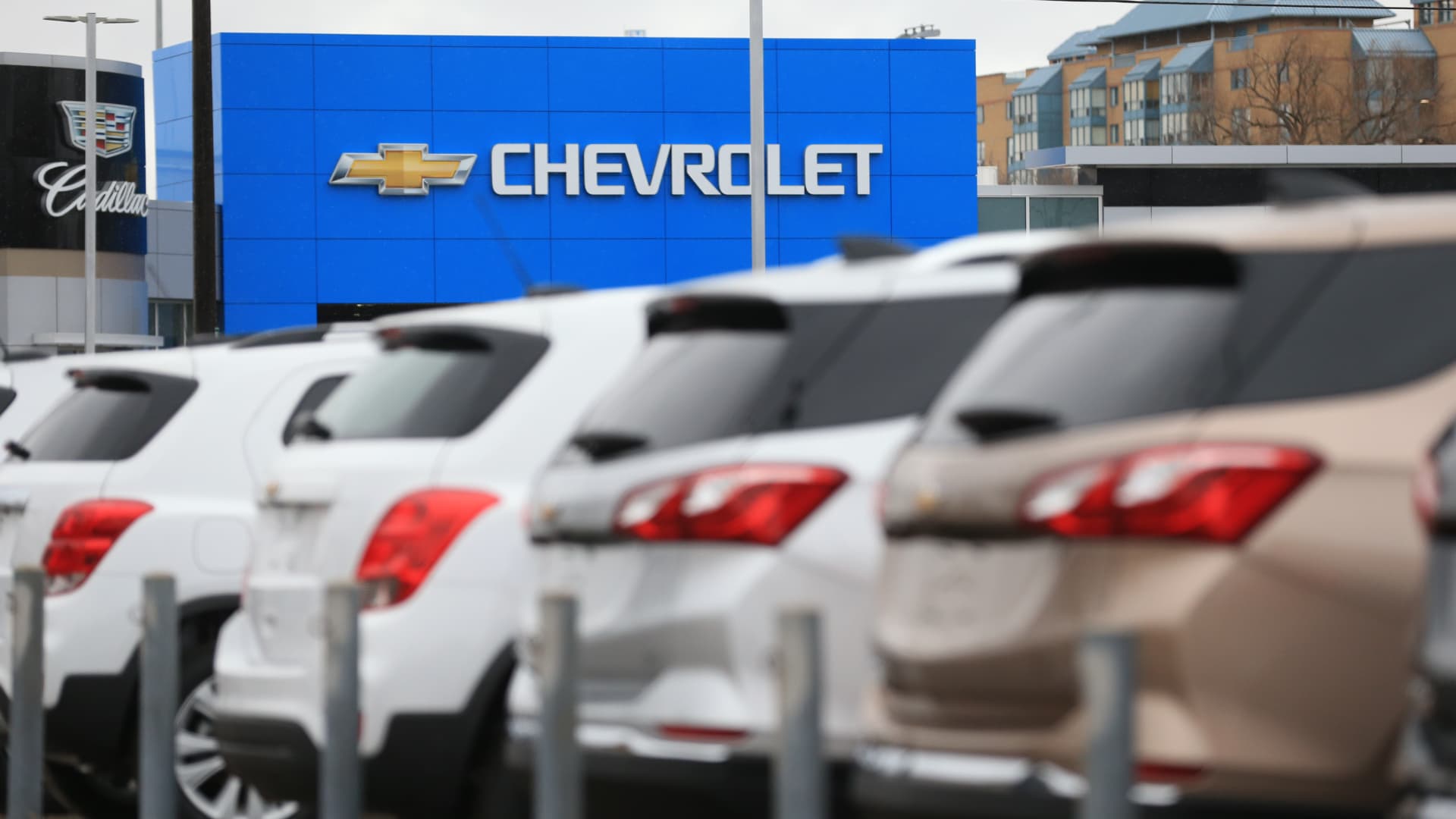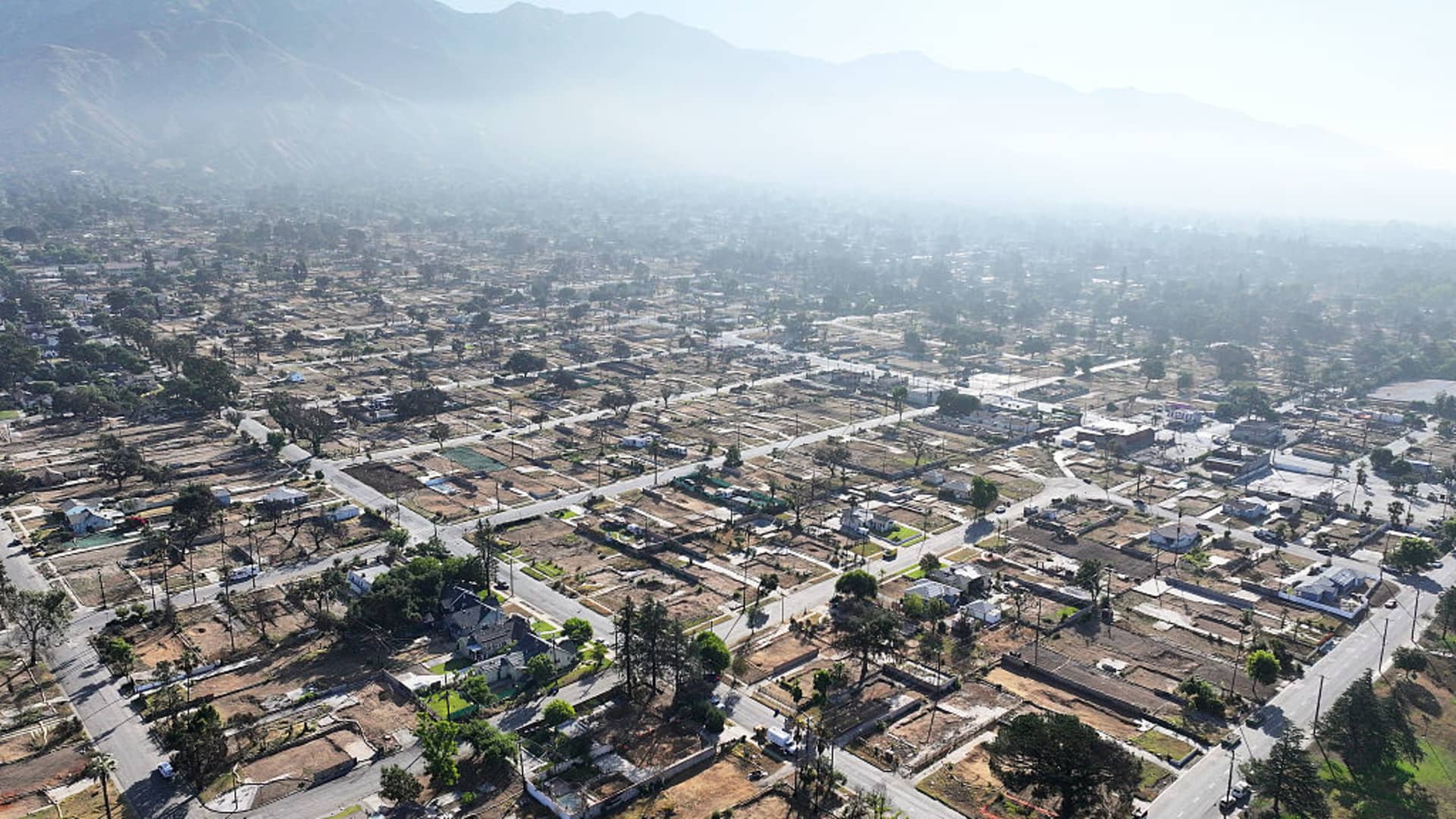In South Pasadena, new police cars are on patrol to reduce crime and cut emissions at the same time.
The South Pasadena Police Department on Monday unveiled what the city says is the nation's first all-electric police fleet, with 10 Tesla Model Ys for patrol and 10 Model 3s for detectives and administration.
The city will pay $1.85 million in total for the electrified fleet, officials said in a statement. More than half of the project's cost is covered by several partners who have agreed to build city-managed EV chargers and contingency devices.
“This transition reflects the city’s vision for a sustainable future, based on both sound fiscal management and environmental stewardship,” Mayor Evelyn Zneimer said in the release. “We will have a 21st-century police force that is safe, clean and saves taxpayers money.”
The new zero-emission police force will save the city more than $400,000 in gas and maintenance costs over 10 years, according to the Electrify South Pasadena website.
Fuel costs alone were about $4,355 a year for the department, compared with the estimated cost of $336 per year to fuel all new cars, according to a September 2022 staff report.
Sgt. Tony Abdalla of the South Pasadena Police Department said the fluctuating cost of gasoline could eat into the city’s savings. The $312,282 figure was calculated using September 2022 gas prices, which were $5.27 per gallon in California, according to the U.S. Energy Information Administration. Gas prices have since fallen, down to $4.47 per gallon this month.
Fuel savings are not the only advantage of zero-emission vehicles.
The 2022 report submitting the plan to the city council cited “significant maintenance and reliability issues” with the gasoline-powered fleet.
One gas-powered police vehicle overheated during a chase. Another was put out of service because of a blown cylinder head gasket. Still another had electrical and brake problems. Two had air conditioning problems, one with a note saying the vehicle's air conditioning was “insufficient” for its assigned dog.
South Pasadena police had been considering for years the possibility of replacing the fleet of 22 vehicles, six of which were out of service. “We were looking for a creative solution,” Abdalla said.
The department looked at the 35 other police departments across the country that had incorporated electric vehicles to see if it was possible to move to all-electric vehicles. However, no other agency had made the transition across its entire force, according to the city.
New vehicles require new infrastructure, leading to the construction of 34 Level 2 EV chargers at South Pasadena City Hall, funded by Southern California Edison’s Charge Ready program. An additional Level 3 charger, which can fully charge an EV in about an hour, will also be installed in the police department parking lot.
The city is also expected to benefit from revenue generated by 14 public electric vehicle chargers at City Hall, in addition to credits from the state Air Resources Board’s Low Carbon Fuel Standard, which could translate into thousands of dollars a month.
A solar energy storage and battery backup system provided by Clean Power Alliance’s Power Ready Program protects the department from losing power during power outages and grid failures.
The project is expected to reduce 1,850 metric tons of smog-forming carbon dioxide by 2030, far exceeding the city's current plan for the police department to reduce 23 metric tons by 2030.
Switching to the Tesla fleet reduces by 10% the city’s overall emissions cuts needed to meet the state’s 2030 climate action plan to reduce greenhouse gas emissions by 40% below 1990 levels statewide.
Councilman Michael Cacciotti may be the biggest advocate for clean air alternatives.
The genesis of the plan began two decades ago, Cacciotti said, after he read studies on the harms of air pollution and decided to trade in his sports car, asking car dealers: “What's the cleanest car you have available?”
Cacciotti, who is also vice president of the South Coast Air Quality Management District, said he bought a Toyota Prius that is still running well after 20 years and 188,000 miles. It recently needed its first brake and rotor replacement, which shows how little maintenance hybrid and electric cars require, he said.
Protecting public health, Cacciotti said, was a driving factor behind the change. Police cars sit idle, while officers write tickets at traffic stops or respond to emergency calls. During that time, gas-powered cars release emissions that affect the health of children and the elderly and worsen the climate crisis. “We can’t ignore these things,” he said.
Now that the infrastructure for urban electric vehicles is in place, Cacciotti said, he is considering replacing the city's fire trucks with zero-emission versions in the coming years.
But South Pasadena isn’t the first city to embrace zero-emission vehicles. The city of Irvine recently added a Cybertruck to its fleet, though it won’t be used for patrol, and Anaheim introduced Teslas in a pilot program in April.
Meanwhile, tune-ups, oil changes and spark plug replacements are now things of the past at the South Pasadena Police Department. Lower long-term maintenance costs are part of the cost-saving plan.
In preparing the project over the past four years, Abdalla said, city officials had to reconsider accidents involving police vehicles.
The Tesla Model Y and Model 3 are some of the safest vehicles on the market and have the highest possible rating from the Insurance Institute of Higher Safety.
“We made this decision because we wanted the safest and most capable vehicle for the job,” the South Pasadena Police Department wrote in an X post.
The department's announcement earned it a handshake emoji from Tesla's North American X account.
But Tesla's safety features, such as lane assist and emergency braking, could work against patrol officers when they are pursuing a suspect and must navigate high-speed traffic or perform a maneuver to crash into a fleeing car, forcing it to swerve out of its lane or stop.
Abdalla said it's difficult to test maneuvers that involve hitting fleeing vehicles because that would require hitting a vehicle. Lane-keeping assist can be turned off in the Tesla's settings, and the department hasn't had any issues since testing the first police Tesla last December.
Abdalla said he is optimistic that the experiment will be a success.
“It’s been years of work,” he said, “and it’s exciting to see it bear fruit.”

